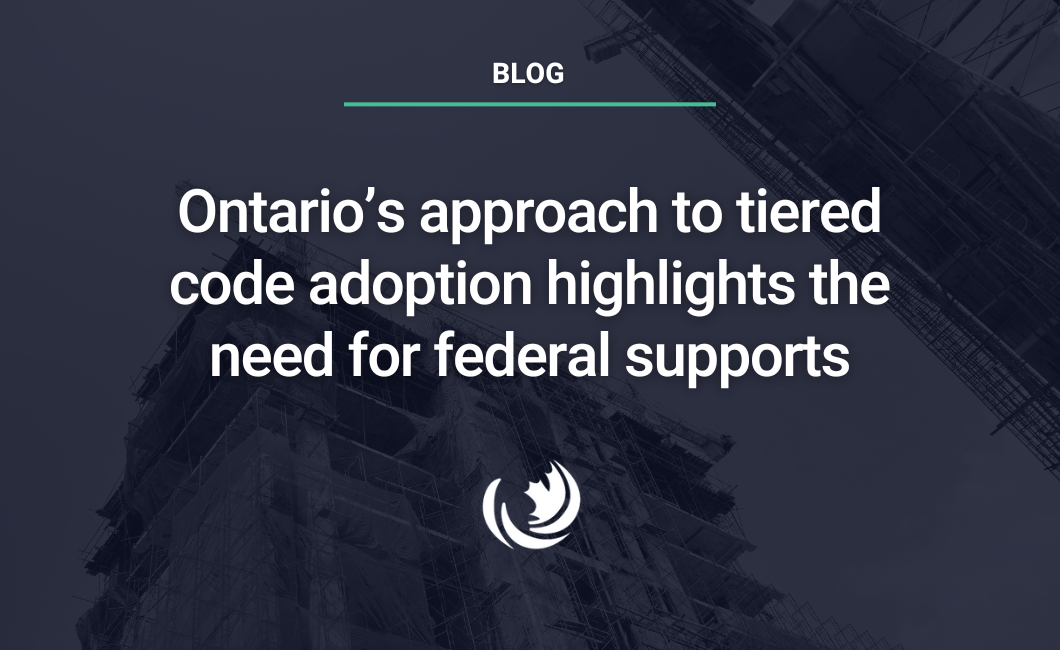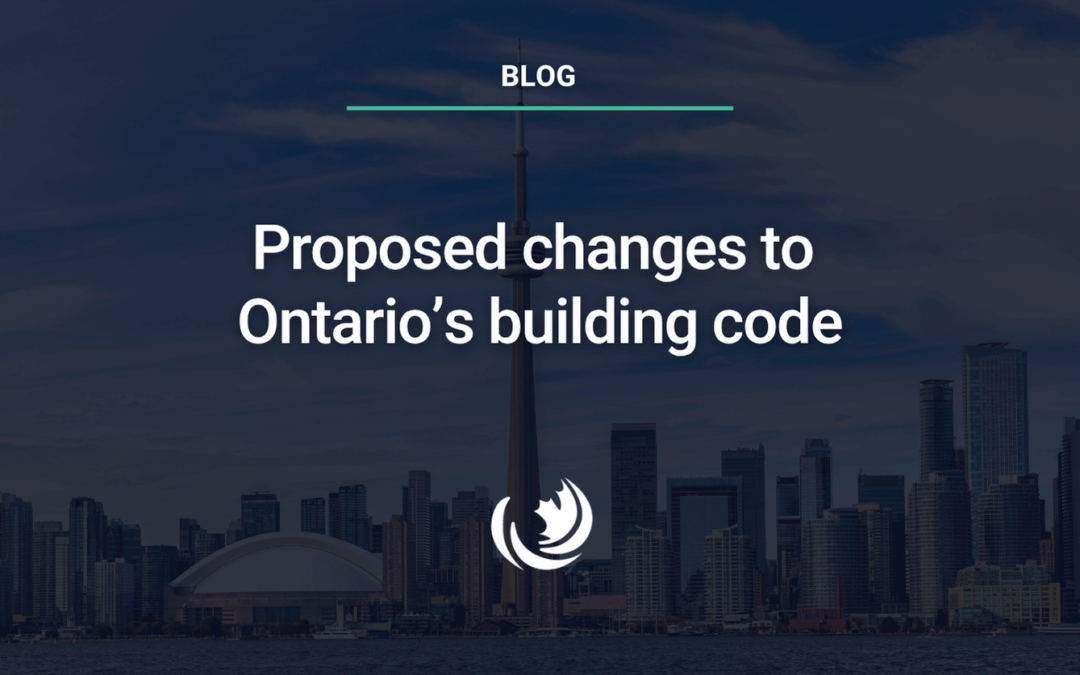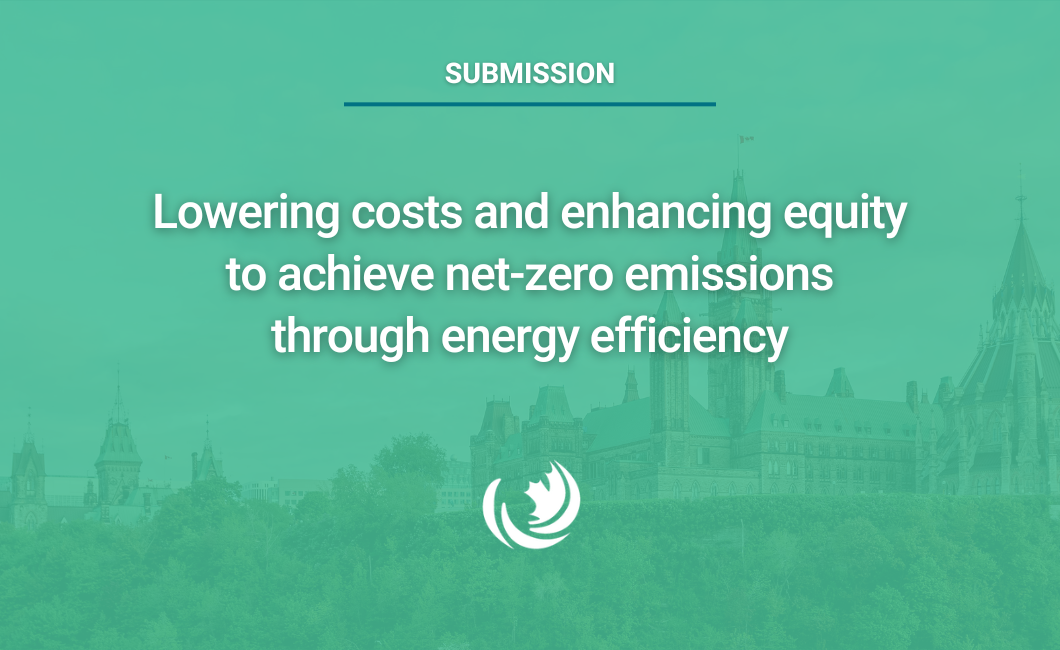
In this blog, we dig into the intent of the 2020 model building codes, how Ontario is adopting and harmonizing their approach, and what it can teach us about how model code adoption may be applied in other provinces. The conclusion is that the federal government needs to take action to accelerate commitments to net-zero buildings. To reach these commitments, citizens concerned about climate change also need to raise their voices.

The federal government released its 2030 Emissions Reduction Plan, which lays out actions to guide Canada towards a national goal of 40-45% GHG emission below 2005 levels by 2030. Energy efficiency features prominently throughout.

Ontario’s Ministry of Municipal Affairs and Housing announced proposed changes to the Ontario Building Code intended to harmonize with the 2020 National Construction Codes (“model codes”).

To achieve net-zero emission goals, this budget must strategically dedicate resources to prepare for a significant scale-up in energy efficiency. Canada lags other nations in the efficient use of energy resources. A recent International Energy Agency analysis showed that Canada has the highest energy intensity measured by total final consumption per unit of GDP amongst all member countries. However, this suggests there is significant potential to cut energy costs, improve productivity, and reduce emissions.

The federal government has committed to developing a net-zero emissions model building code for provincial/territorial adoption by 2024.






